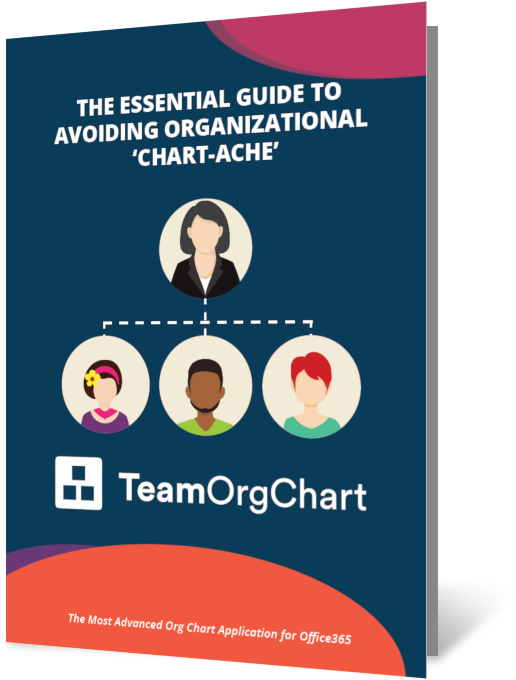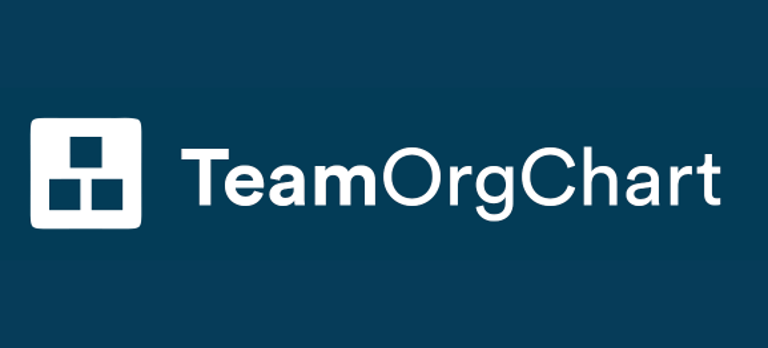A Brief Introduction to the Organization Chart
All organizations have a structure, whether this is formally recognised or not.
Small organizations are often organized around one or two key individuals, everyone knows everyone, who does what and why. As organizations grow beyond 50 people though, a more formal structure will emerge with defined seniorities and roles.
Interestingly, this is a phenomenon replicated throughout human societies, across different cultures and spanning time-periods. Simply put, beyond 50 individuals it is very difficult for everyone within an organization to know what everyone else is doing!
This challenge is amplified within the business environment, with organizations operating across multiple locations, diverse cultures and different time zones.
It’s no surprise then that these businesses soon turned their attention to developing an administrative tool that could overcome these challenges. A tool that captured a snapshot of their business structure, empowered managers and oriented staff.


It’s no surprise then that these businesses soon turned their attention to developing an administrative tool that could overcome these challenges. A tool that captured a snapshot of their business structure, empowered managers and oriented staff.
And the result? The now ubiquitous organization chart was born, and all was good.
However, as the world of business has undergone a digital transformation that has seen the pace of change ratchet up several notches, the challenge of maintaining an accurate and usable organization chart soon became a difficult and time-consuming task.
We have written a guide to help businesses navigate these challenges. We’ll discuss the common pitfalls and problems encountered maintaining and distributing an organization chart before examining how a modern organization chart application can reduce your workload and increase awareness of the organizational structure within your company.
Read our guide below.



